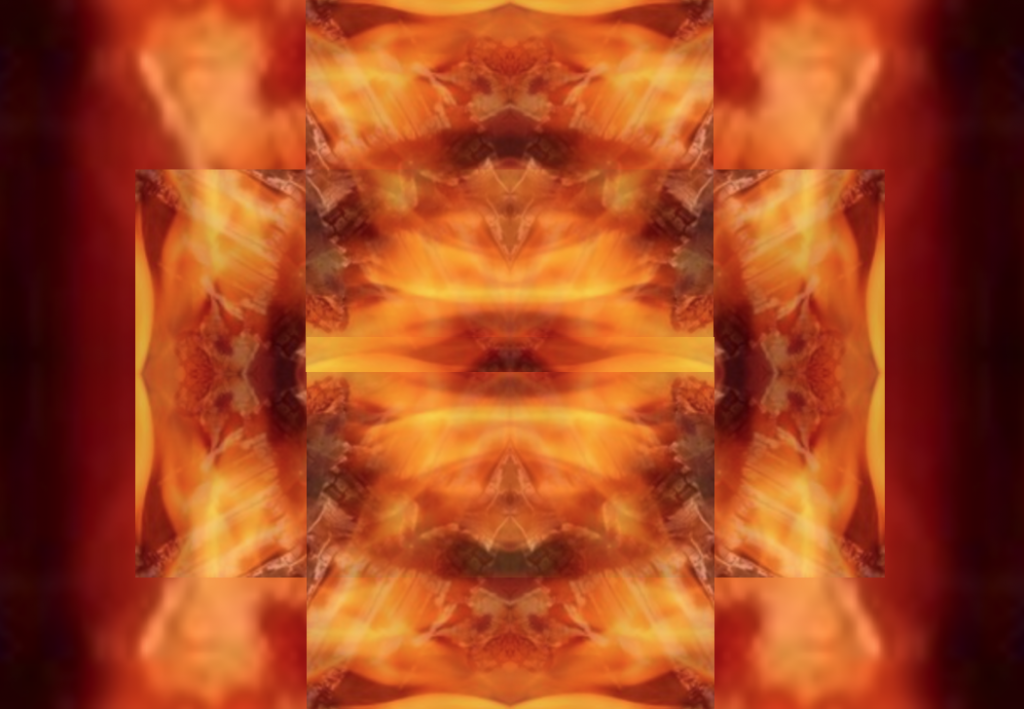A ghost, I have written, is not a person; in fact, the term doesn’t designate any empirically discernible thing at all: rather it is a kind of placeholder notion which refers to something in a narrative, specifically, something that appears personified in that narrative. And even that cannot serve as a criterion (i.e., we cannot make out, say, narratological conditions, singling out ghosts from anything else that might appear personified in narratives) — for whether something appears as a ghost is partly determined by the person to whom it appears: there is an indelible subjective element to the perception of something as a ghost. But I think there are some general characteristics, too.

We have started by classifying ghosts as patterns (something recurring in an analogous manner), and psychological patterns at that (again, partly because of that subjective element). We have now seen that, if a pattern appears as a ghost, that’s because it appears under a personally meaningful narrative (rather than conceptual language). Next, I want to suggest that the narrative must be built around a two persons: one dead and one currently alive; where the former is the character which personifies, the latter the one who experiences the ghost.
The element of death is necessary, but that is not a narrative necessity, but a psychological one: it functions as a device to make us realize that there is a symbolic level here to the central personification.
In Vertigo, there are three deaths, as if to hammer home the recurring quality of the pattern. There is the death of Carlotta Valdes; then that of Madeleine Elster, and finally Judy Barton’s. In the context of the plot, each subsequent death acquires a quality of fateful necessity, as if the whole dynamic runs towards it inevitably, originating from the previous instance (that is, Carlotta’s suicide in Madeleine’s case, and Madeleine’s murder in Judy’s). But let us be clear that this inevitability, once more, is bound to a subjective viewpoint: they are inevitable given the particular meaning it all has to Scottie, and they are necessary not (of course) objectively, but from Scotties subjective viewpoint. (To put the same point less abstractly: they are inevitable no matter what he might do to prevent it; but they are by no means inevitable absolutely, for they might have been prevented by other actors, most simply of course by Gavin Elster simply deciding to not go through with his murderous plot. Necessities of fate are bound to an individual consciousness in each of their instances.)
If this all sounds too speculative, consider this: all three deaths are clearly designed to follow a pattern by Hitchcock himself — and not just in the cinematics, but also in the script. As Spoto marks out:
Elster complains quietly […] referring to the old maps and woodcuts in his office […], “I should have liked to have lived here then — color, excitement, power, freedom.” The words “power” and “freedom” will be repeated twice later at critical junctures […]: Pop Liebl, at the Argosy Bookstore, refers to the man who used and discarded Carlotta Valdes (as Elster uses and discards Judy Barton) by saying: “Men could do that in those days — they had the power and the freedom.” And in the last sequence of the film, Scottie refers to Gavin’s abuse of Judy by saying, “Oh, Judy, with all his wife’s money, and all that freedom and power, he ditched you.”
Spoto, The Art of Alfred Hitchcock, 280f.
And in a line of thought that sounds as if written to illustrate my thesis above (that the narrative must be built around a two persons: one dead and one currently alive; where the former is the character which personifies, the latter the one who experiences the ghost), Spoto continues:
Speaking of his concern for his wife, Elster asks Scottie, “Do you believe that someone out of the past, someone dead, can enter and take possession of a living being?” This refers not only to Carlotta Valdes’s apparent possession of Madeleine Elster, but also to the effect the dead Madeleine has on Scottie, as well as on Judy as Scottie transforms her.
Ibd., 281.
Death triangulates the pattern: it makes it clear that we’re dealing with something beyond the personal histories of both the living and the dead person in the constellation. In other words: that death is involved makes us see that we have a something recurring, something that goes beyond this instance and beyond these two involved persons. That “something”, of course, is the pattern (i.e.: the ghost which takes possession of them).




[…] my previous post I did not distinguish sufficiently between two lines of thought I introduced. One, the main topic […]